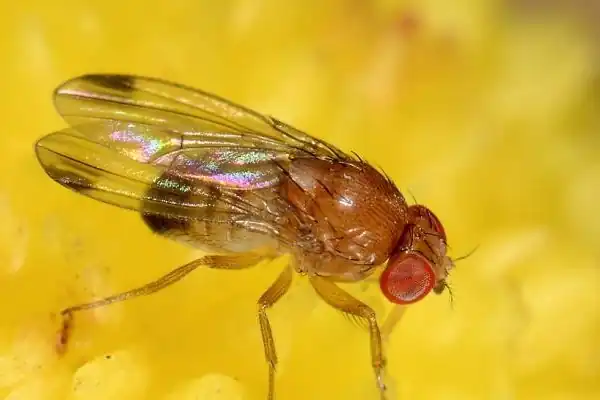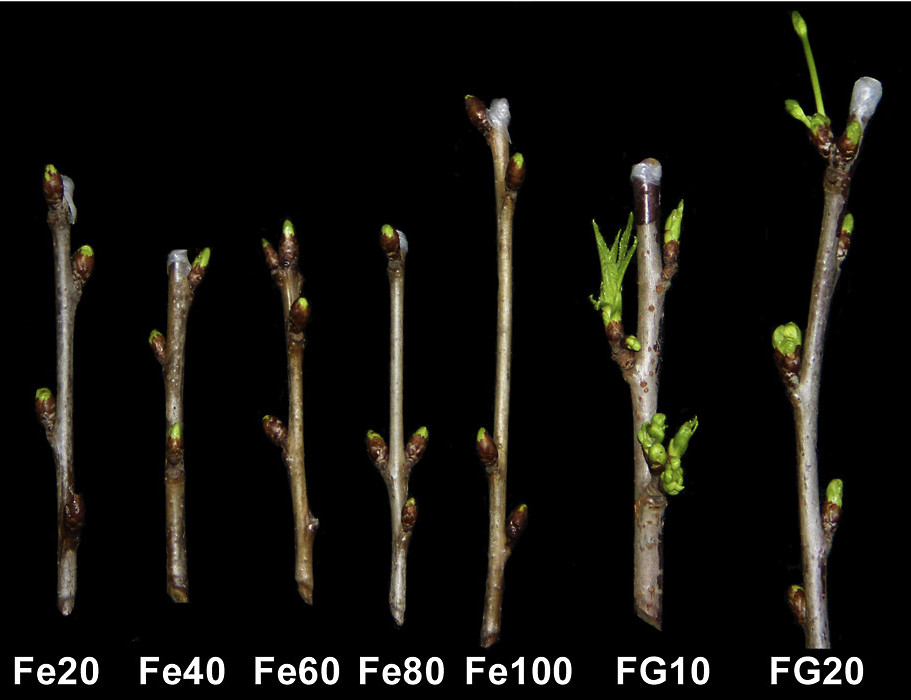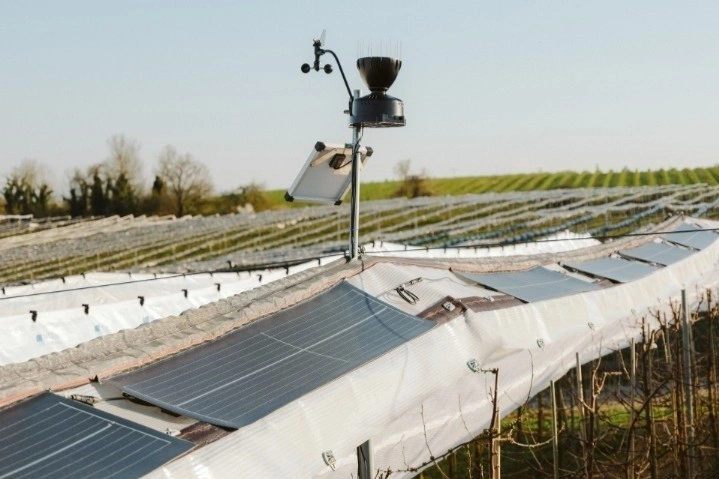With the increasing pressure of Drosophila suzukii, the feared Asian fruit fly threatening cherry and berry crops, and the gradual withdrawal of chemical insecticides in Europe, the OPTIMISTII project proposes an innovative and sustainable biological strategy.
Under the leadership of INRAE and with the support of the PARSADA program, the initiative aims to revolutionize pest control with a scientifically advanced and environmentally friendly approach.

Two complementary techniques
The core of the OPTIMISTII project is the combined use of two sterilization technologies for male Drosophila suzukii, designed to sustainably contain the population of this invasive pest, known for causing severe damage to cherries, strawberries, raspberries, blueberries, and plums.
The first technique, called SIT (Sterile Insect Technique), involves the controlled release of sterilized males through X-ray exposure.
The second, known as IIT (Incompatible Insect Technique), exploits the naturally occurring Wolbachia bacteria in the insect to induce sterility. The integration of both methods makes it possible to reduce the radiation dose required, improving the vitality of released males, which can then effectively compete with wild ones.
Technological challenges and objectives
Among the main challenges of the project is the large-scale production of sterile males, which must be both economically sustainable and biologically effective.
For this purpose, researchers are developing an automatic “sexing” technology to separate males from females, in order to release only sterile male specimens.
At the same time, work is underway on a genetic marking system to monitor releases and model the impact of the strategy in orchards, particularly in European cherry orchards.
Collaboration and future prospects
One of the distinctive aspects of OPTIMISTII is the direct involvement of industry stakeholders, with CTIFL (Technical Interprofessional Center for Fruit and Vegetables) as a key partner.
The goal is to lay the foundations for the future large-scale deployment of this strategy, which could represent a breakthrough in the integrated management of Drosophila suzukii.
Thanks to this initiative, the fruit sector could finally have an effective, eco-friendly, and replicable solution, capable of reducing pesticide use and fostering a more resilient agriculture in harmony with ecosystems.
Source: www.inrae.fr
Image source: Jean-Yves Rasplus
Cherry Times - All rights reserved













